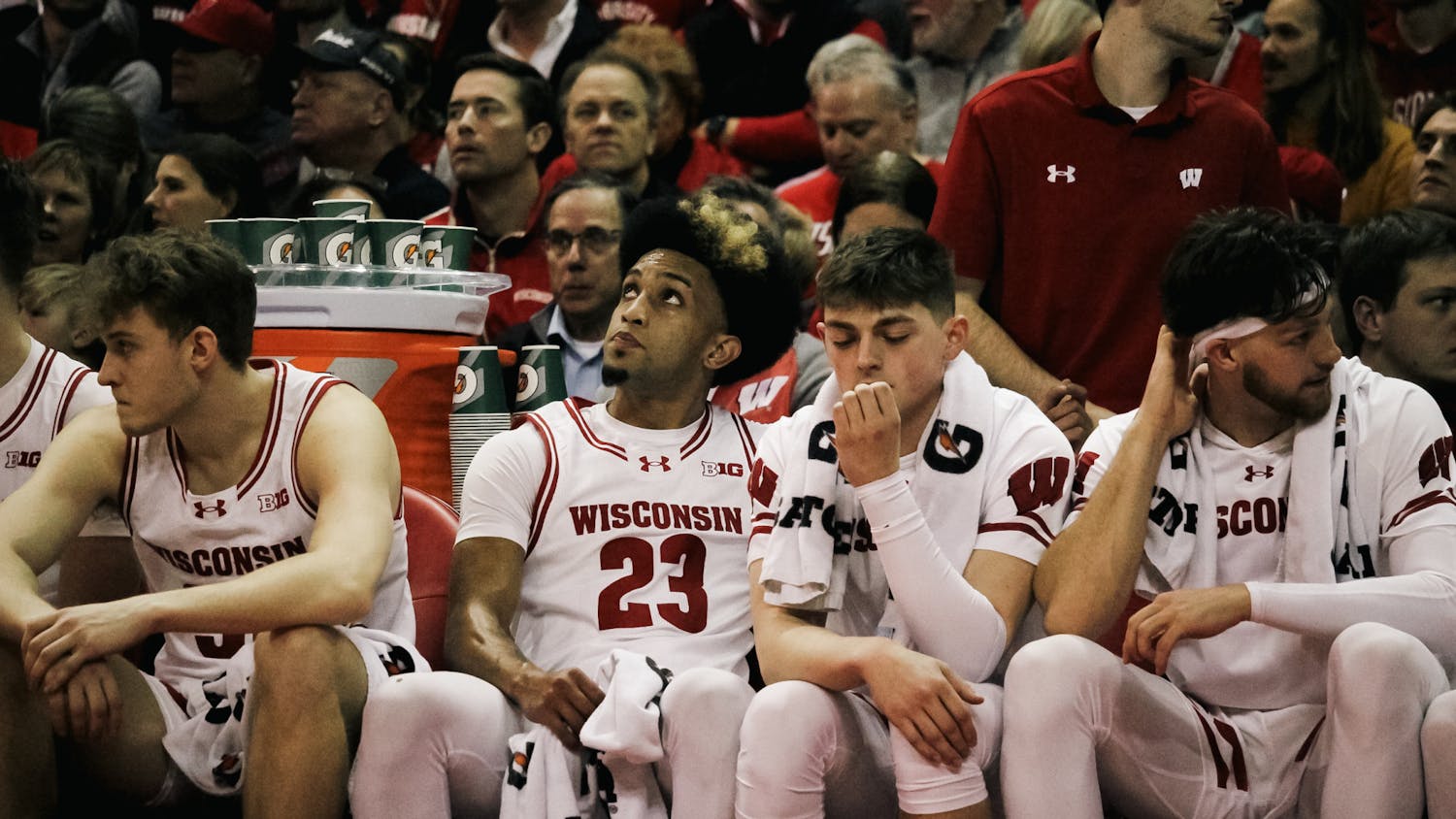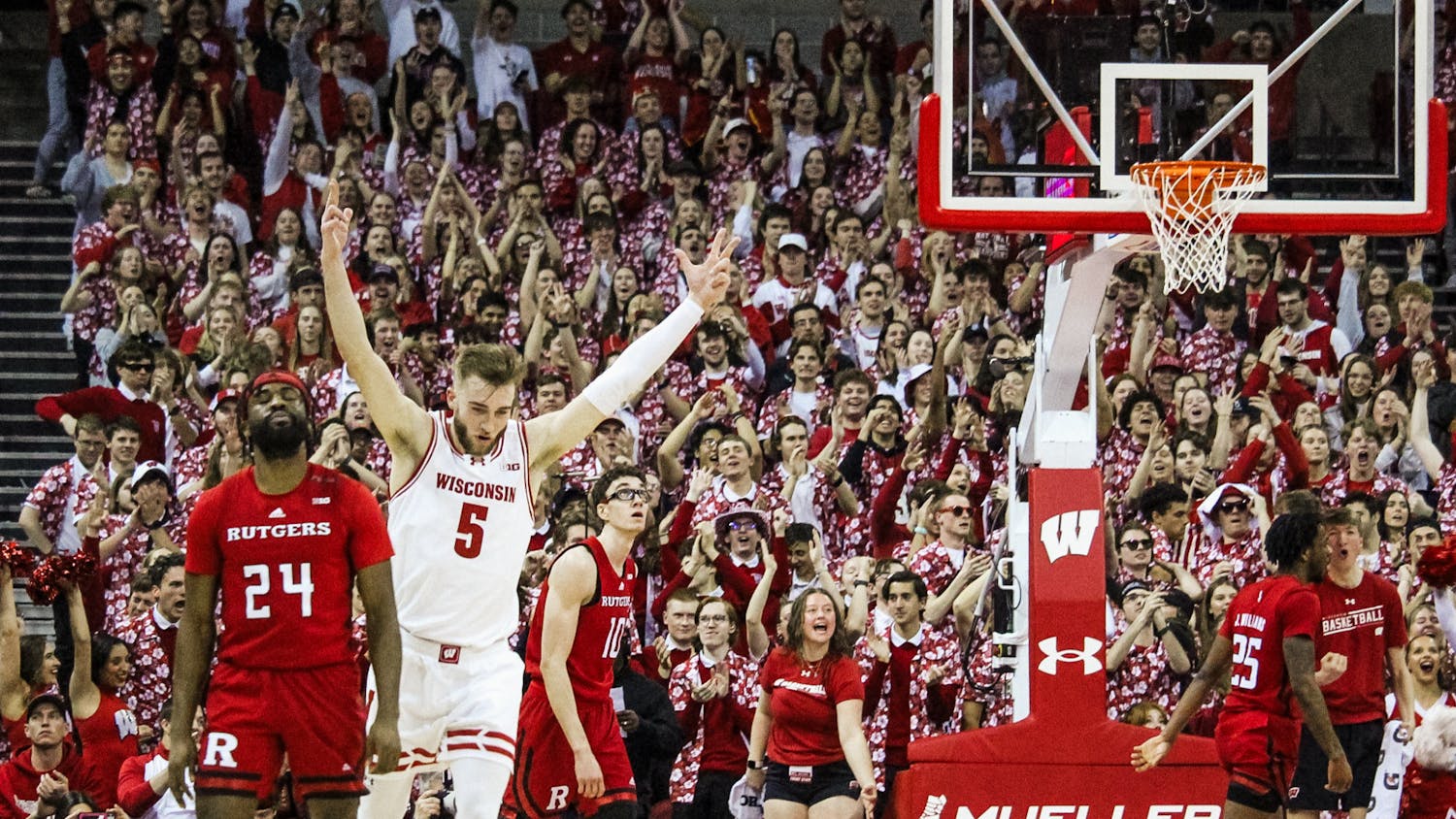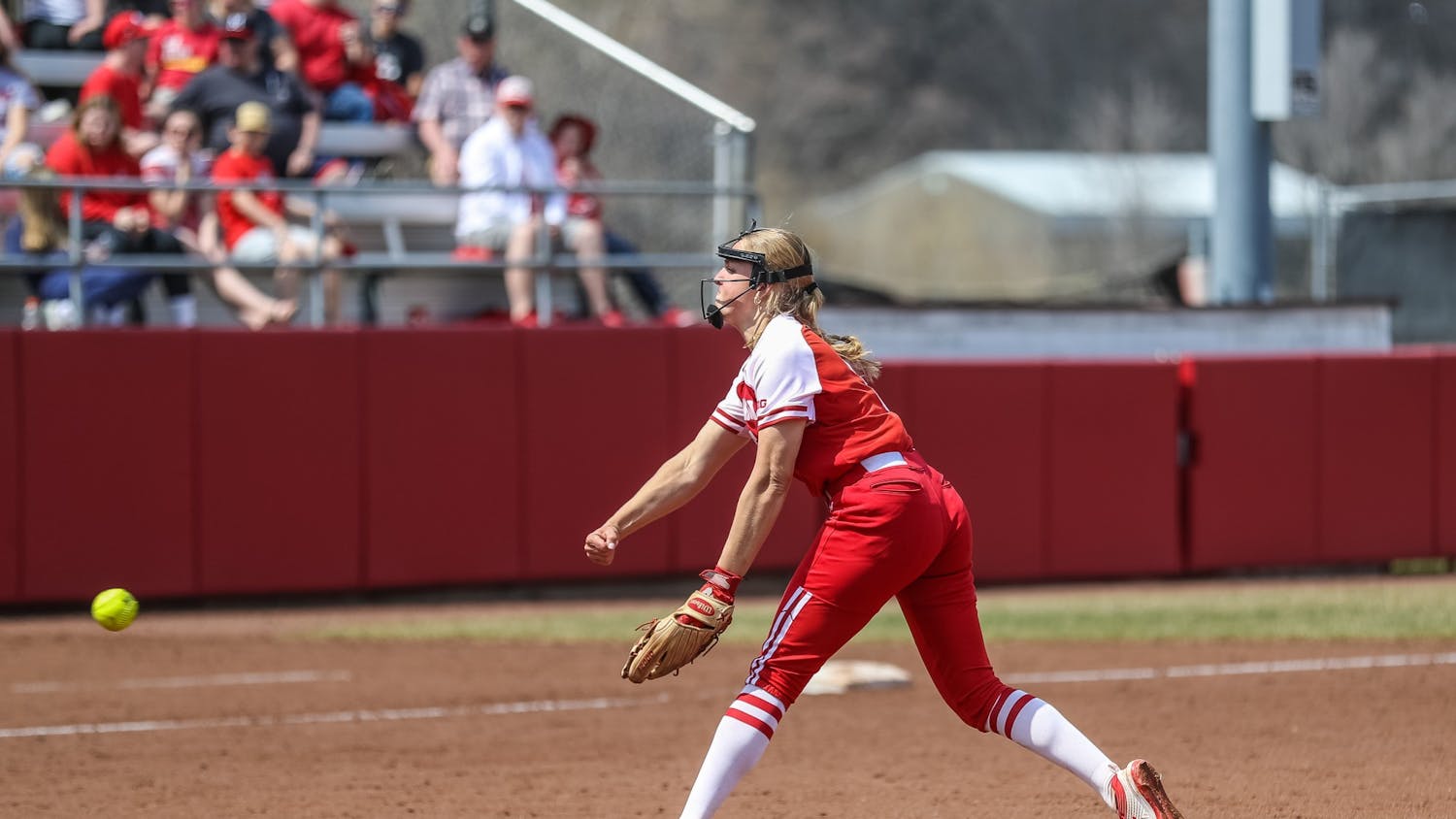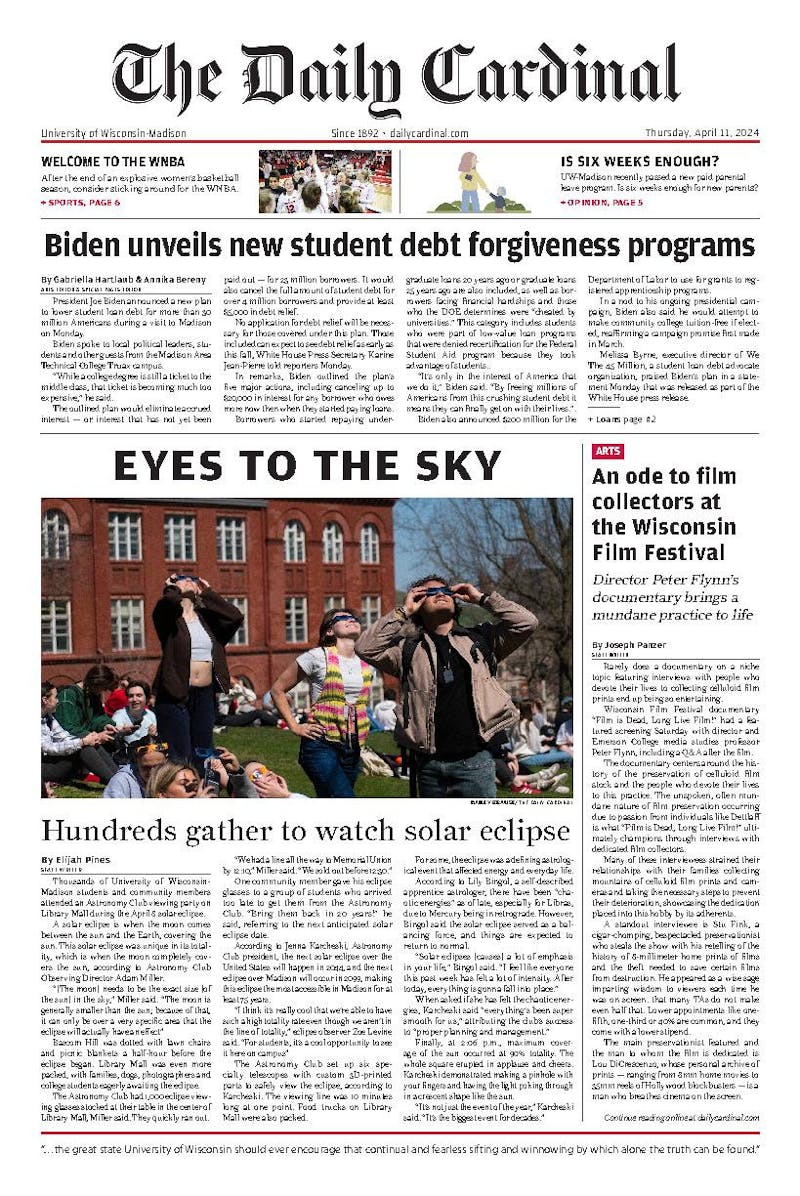In the hierarchy of the Big Three pro sports commissioners (maybe next time, NHL), everyone hates Roger Goodell and everyone loves Adam Silver.
But if you ask somebody for their opinion on outgoing MLB boss Bud Selig, you’re likely to get a resounding ‘meh,’ the verbal embodiment of that shrug emoticon nobody knows how to type.
Selig is set to retire in January after serving for over 22 years. He’s undoubtedly a Hall of Famer, but most people just seem to dislike him anyways. With that in mind, it’s time to reflect on Selig’s tenure and evaluate the good and the bad.
‘Roids
“Everybody’s juicing in baseball!” says your misinformed, watches-three-games-a-year friend. Steroids seem to be the most prevalent attack on Selig and they certainly have the most merit. He presided over a period when home run numbers inflated to epic proportions and Barry Bonds became a living, breathing caricature.
Did Selig just think the six 60-plus home run seasons that occurred from 1998-2001 were normal, considering there had only been two such seasons to that point? I sure hope not. Not to mention, five of those six ‘roided-out seasons came courtesy of players who were at least 30 years old. Clearly something was up.
As the suspicion became overwhelming and scandals like BALCO came into the public eye, Selig began to crack down on steroid use. Under the current drug policy, a player is suspended 50 games initially, then 100 games on a second positive test, and finally gets a lifetime ban for a third offense. Testing also started last year for the previously unregulated human growth hormone.
Selig’s actions may have come a little late, but he eventually moved the sport in the right direction regarding its biggest controversy. Drugs will never be fully eradicated in baseball, but their usage has seen a steep drop-off since the late 90s. That’s a huge credit to Selig.
1994 World Series cancellation
This was an egregious mistake. When the MLB Players Association went on strike Aug. 12, 1994, Bro Selig decided to give a big middle finger to baseball when he canceled the World Series a month later. Just canceled it.
By doing so, MLB became the first major sport to ever cancel its entire postseason due to a work stoppage. To date, it’s the only major sport to do so, because for the purposes of this column, I will once again spurn the NHL and its 2004 debacle.
You can’t really find any positives for Selig here. The strike was a colossal error caused by stubborn ownership, but it’s an error that Selig was responsible for nonetheless. Canceling the World Series, though, was unjustifiable.
Wild card games and interleague play
I’m grouping these two together because they both draw the ire of the chronically annoying baseball purists, the people who live by the stupid “unwritten rules.”
Under the old system, each league had two divisions. Only division winners made the playoffs, meaning four total teams reached the postseason. In 1994, Selig restructured each league to have three divisions, and the three division champs and the best non-division winning team would make the playoffs (a change not fully realized until 1995 because of the strike).
Adding four extra playoff teams as well as the addition of two more teams in 2012 was a massively positive change for the baseball postseason. Because more teams have a chance at making the playoffs, those fringe teams stay relevant longer and keep attendance higher. More playoff games means more games on television, leading to a significant revenue boost.
Meanwhile, Selig began interleague play in 1997 as a way to revitalize interest following the strike. Interleague play has since gone from a brief June experiment to a year-round ordeal to accommodate an odd number of teams in each league.
You can’t really detract from interleague baseball. It gives fans a chance to see their team play someone they don’t normally play. Attendance for interleague games was initially higher than regular games, but this disparity has decreased since interleague is so much more ingrained in the baseball schedule now. Regardless, it’s been a beneficial change.
World Series home-field advantage
OK, this is another move that most people hate. Following the despicable tie in the 2002 All-Star Game, Selig decided to give home-field advantage in the World Series to the league that wins the Midsummer Classic. Previously, home-field advantage alternated between each league on a yearly basis.
I’ll admit I don’t like this rule, either. It seems dumb to place such emphasis on a meaningless spectacle meant to reward players for a solid half-season of work.
But you can’t deny that the home-field advantage rule makes it more interesting and worth watching. The 2014 MLB All-Star Game had higher TV ratings than the 2014 NFL Pro Bowl or the 2014 NBA No Defense Game.
It’s controversial, yes, but I do begrudgingly enjoy having an added element of interest to the all-star game.
Has Bud Selig helped or hurt baseball? Email jim.dayton@dailycardinal.com to discuss.






